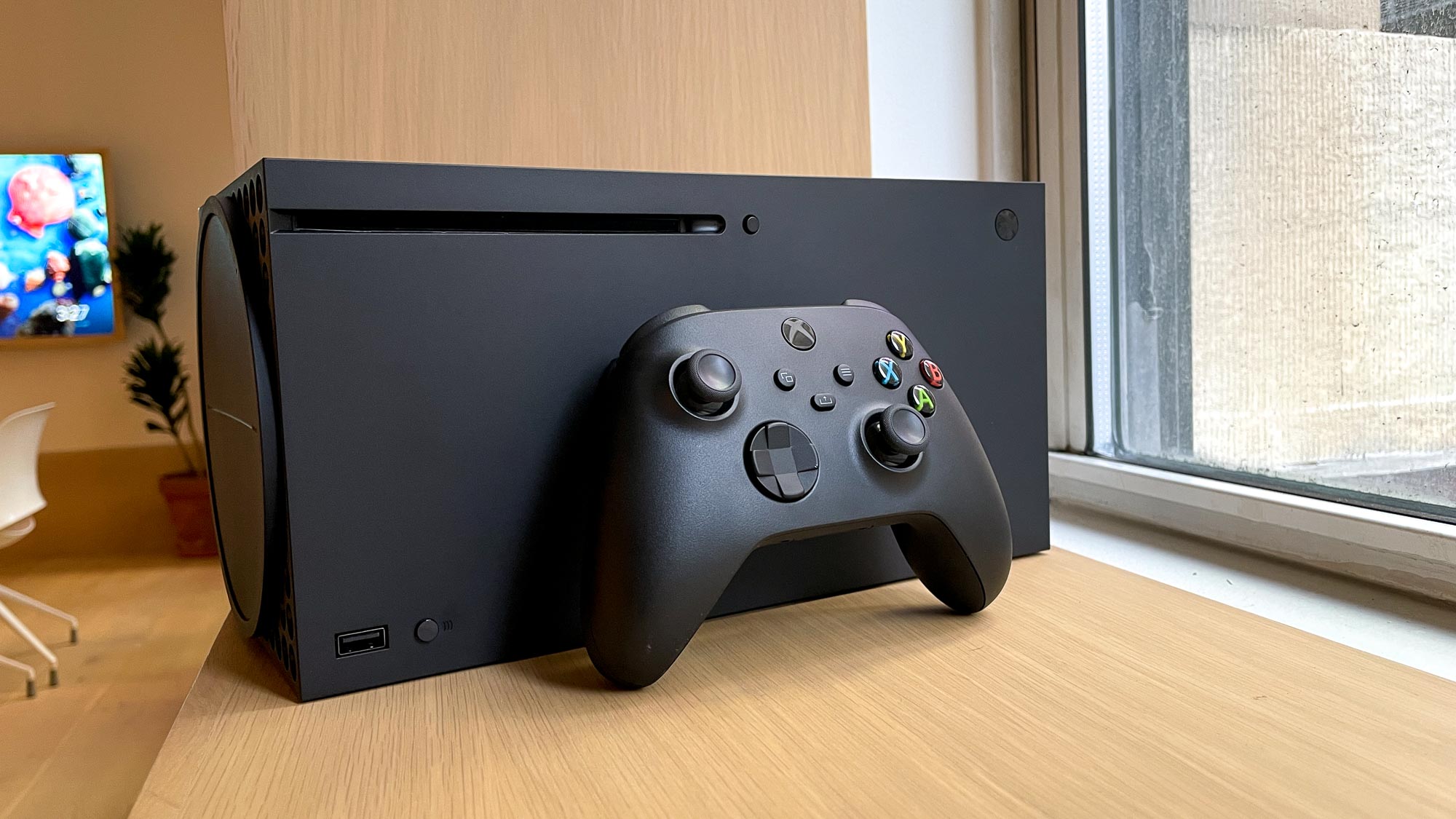Xbox Series X games could get boosted graphics performance with AMD's new tech
Microsoft confirms that AMD’s FidelityFX Super Resolution is coming to Xbox Series X and Series S

Microsoft has confirmed that AMD's FidelityFX Super Resolution technology is coming to the Xbox Series X and Xbox Series S, and could enable developers to boost game framerates and resolution.
Back in April, FidelityFX Super Resolution technology was added to the Xbox Series X and S Game Development Kits, but Microsoft told IGN that owners of the new Xbox consoles are set to benefit from AMD's graphics tech once it's released on June 22.
- Xbox Series X restock update: Track on Twitter, Walmart, Target and more
- PS5 vs. Xbox Series X: Which console wins?
- Plus: The PS5's small SSD isn't a problem yet — and that's impressive
“At Xbox, we’re excited by the potential of AMD’s FidelityFX Super Resolution technology as another great method for developers to increase frame rates and resolution,” the spokesperson said. “We will have more to share on this soon.”
In a nutshell, upcoming Xbox games could see a boost in visual quality and run smoother thanks to technology that uses platform-specific optimizations that enables games to be upscaled into higher resolutions, or tweaked to run at higher frame rates than normally expected.
In the video below, at around the 1:24 mark, you can see AMD demoing the technology with a RX 6800 XT graphics card on Godfall. With FidelityFX Super Resolution disabled, the hardware manages a quite respectable 49 frames per second at native 4K, epic detail and with ray tracing enabled. But with FidelityFX Super Resolution turned on, the fps jumps 59% to 78 fps.
It’s important to remember that this demo was prepared to show off the technology, and whether the real world implementation will be this impressive is another matter entirely.
But some people might prefer a higher frame rate over visual quality, so FidelityFX Super Resolution offers four modes: Ultra quality, quality, balanced and performance.
Sign up to get the BEST of Tom's Guide direct to your inbox.
Get instant access to breaking news, the hottest reviews, great deals and helpful tips.
It's not clear how these modes will work for the Xbox Series X or Series S, but we can speculate that the tech could enable more performance or graphics-orientated modes for gamers to switch between. Such options already exist in some Xbox game as well as PS5 games, notably Spider-Man: Miles Morales and Demon's Souls.
FidelityFX Super Resolution is often compared to Nvidia’s DLSS 2.0 because the two attempt to achieve the same thing — faster frame rates and higher resolutions via upscaling — but the methods are different.
The “DL” in “DLSS” stands for “deep learning” and it requires GeForce RTX cards to enable AI technology to upscale a lower resolution images to look like one at a higher resolution without actually needing the power to render it natively. However, this tech requires dedicated Tensor cores on the GeForce RTX graphics cards to power the machine learning algorithms.
FidelityFX Super Resolution doesn't require machine learning so doesn't need dedicated hardware and is compatible with “almost any graphics card," according to AMD, “from integrated to ultra-enthusiast.” That's why the tech can be used on the new Xbox consoles as they both contain an AMD GPU and CPU, based on AMD's latest architecture.
We'll have to wait and see how well FidelityFX Super Resolution is integrated into the Xbox Series X and Series S. But it could be a subtle yet promising upgrade to get more performance out of both console.
With Microsoft promising more on this soon, it may be worth tuning into the company’s E3 event. It’s set for 1 p.m. ET / 10 a.m. PT on Sunday June 13.
Freelance contributor Alan has been writing about tech for over a decade, covering phones, drones and everything in between. Previously Deputy Editor of tech site Alphr, his words are found all over the web and in the occasional magazine too. When not weighing up the pros and cons of the latest smartwatch, you'll probably find him tackling his ever-growing games backlog. Or, more likely, playing Spelunky for the millionth time.


